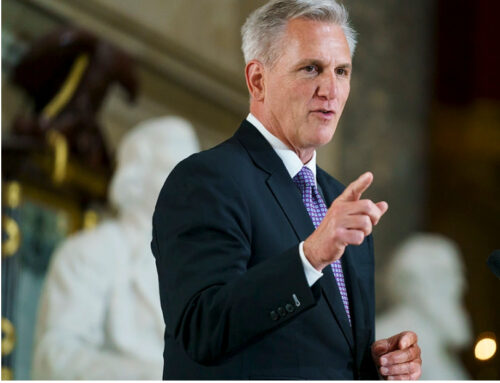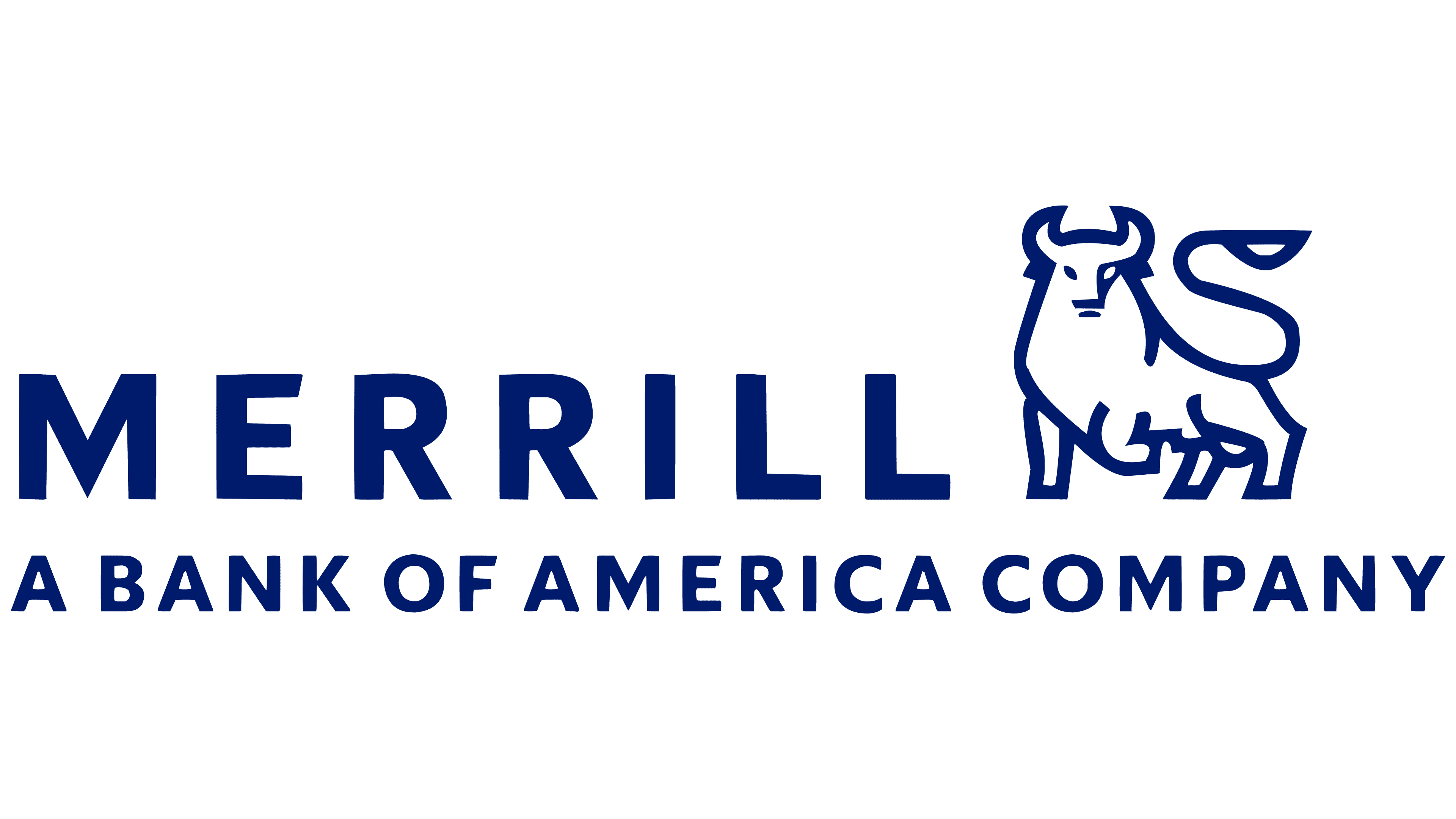Burger King’s announcement that it intends to merge with Canadian company Tim Hortons, and in the process move its headquarters to Canada, is the latest in a recent string of corporate “inversions”, companies fleeing the tax jurisdiction of the United States. This paper explains why companies are inverting, whether Washington can stop them, and the consequences of such inversions to shareholders and investors.
What is a corporate “inversion”?
Simplifying somewhat the actual transaction (which can take many forms), an inversion typically involves a U.S. parent company merging with a smaller company overseas. Through the combination of the two companies’ operations, the U.S. company moves its headquarters to that of the overseas company. As a result, the parent company ceases to be a U.S. taxpayer.
The name “inversion” comes from turning the company upside down, with the smaller offshore unit becoming the new parent.
If a U.S. company wishes to move overseas, why doesn’t it merely reincorporate there?
Until the early 2000s, that is precisely what companies wishing to avoid U.S. taxation did. Then, in 2004, fearful of companies fleeing the U.S. tax system, Congress added a new Internal Revenue Code section providing that a company’s move offshore would not be recognized for tax purposes unless at least 20% of the combined company’s stock was held by shareholders who are not U.S. entities (i.e., foreign individuals or entities). That change made it necessary for a U.S. company wishing to move offshore to find a merger partner at least one-quarter its size.
Why are U.S. companies considering moving their headquarters overseas?
The U.S. has the highest corporate tax rate among developed countries. For years, that has prompted many U.S. companies to move some operations overseas, where taxes are lower.
Moving company headquarters overseas is the logical next step. And once a few companies move, others conclude they must do so for competitive reasons.
Does moving headquarters overseas permit the U.S. company to avoid all U.S. tax?
No. The company still must pay U.S. tax on its operations in the U.S. For instance, if Burger King’s merger with Tim Hortons goes through, Burger King still must pay U.S. tax on the profits generated by its U.S. locations.
But by moving its headquarters overseas, a business avoids U.S. tax on its foreign income. Under the tax law, profits earned by overseas subsidiaries of a U.S. parent are not subject to U.S. tax only as long as they remain offshore. When these earnings are repatriated to the U.S. parent, they are subject to U.S. tax at the full 35% federal rate. For this reason, many multi-national businesses leave the bulk of their foreign earnings offshore. Doing so is inefficient, as the company cannot use the earnings to pay dividends, buy back stock, or redeploy the cash in operations elsewhere. By moving its headquarters overseas, a foreign parent can recoup its foreign earnings with little or no tax. Unlike the U.S., most developed countries do not impose tax when foreign earnings are repatriated to a resident parent.
Can inverted companies take other actions to reduce their taxes?
Inverted companies often engage in other tax savings transactions. The most common of these is “earnings stripping” in which after the inversion the (now offshore) parent company (or another offshore group member) loans funds to the U.S. subsidiary. The U.S. subsidiary can claim a tax deduction for interest paid on those loans, reducing its U.S. taxes due. If the lending company is located in a low tax jurisdiction, it pays virtually no tax on the corresponding interest income.
Can the Administration do anything to stop inversions?
President Obama has called companies moving offshore “unpatriotic” and has vowed to take action to stop them. The Administration does not appear to have the power to stop inversions outright, however. The tax law gives a bright line test when an inversion will be respected (20% foreign shareholders), which presumably cannot be changed by regulation.
Having said that, the President’s jawboning has had some effect. Companies that rely on the government for revenue might find it hard to leave against the Administration’s wishes. For instance, Walgreens, which receives significant revenue from the Medicare and Medicaid programs backed off inversion plans after Administrative complaints. Indeed, the Administration may well issue an executive order banning inverted companies from doing business with the U.S. government entirely.
So what can the Administration do?
The Administration might be able to curtail the practice of “earnings stripping” that often accompanies inversions. Congress has given the Treasury Department the power to promulgate regulations stating when an intra-group loan is not a true loan but rather is an equity (stock) contribution. If the loan is so recharacterized, then the periodic payments by the subsidiary to repay the loan are not interest payments but instead are dividends paid on stock. As a result the payments are not deductible by the U.S. subsidiary.
The Administration also might seek to stop “hopscotch” loans, where after an inversion foreign affiliates loan funds to each other, bypassing intervening U.S. companies (and therefore U.S. repatriation). The Administration could seek to treat these loans as having passed through the U.S. subsidiary, giving rise to taxable income there.
Although using regulatory power to curtail earnings stripping and hopscotch loans would not stop inversions, it would make them less lucrative. But promulgating such regulations is tricky, as the new rules could have unintended consequences as applied to non-inverted companies.
Can’t Congress change the tax law?
Congress certainly could raise the required non-U.S. shareholder threshold. But it is having trouble agreeing on whether to act and, if so, what to do. There has been a suggestion to raise the threshold to 50% non-U.S. entities. But the fear is that would lead to the takeover of U.S. companies by foreigners. Congress also could pass a more targeted law to curtail earnings stripping.
What is the best way to address inversions?
Inversions are a direct result of the high United States corporate tax rate. So viewed, inversions look less like a loophole and more like a natural reaction to a flawed tax system. The proper way to address them, then, is to undertake tax reform, lowering the rate and simplifying the tax code. Both parties have expressed a desire for revenue-neutral corporate tax reform. It is for this reason many Republicans have opposed a change to the law to stop inversions. They want to keep pressure on for more comprehensive tax reform. We can at least hope to see some progress in that area next year.
How does an inversion affect the shareholders of an inverted company?
All other things being equal, an inversion should increase shareholder value by lowering the company’s tax bill. Lower taxes mean more after-tax profits, which typically boost stock values. And the ability to move cash from subsidiaries to the overseas parent without significant tax can provide additional funds for dividend payments or stock buy-backs.
A recent study by Reuters, however, warns that inversions, while providing tax savings, do not always lead to better market performance. Reuters looked back at 52 inversion transactions completed over the past three decades. Nineteen of the inverted companies subsequently outperformed the S&P 500, while 19 others underperformed. (Ten were bought by rivals, three went out of business, and one reincorporated in the United States.) When Companies Flee U.S. Tax System Investors Often Do Not Realize Big Returns, Reuters (August 18, 2014).
One can speculate why some inverted companies might lag the market. In their zeal to achieve tax savings, companies might pursue merger targets that are not good organizational fits, allowing the tax tail to wag the business dog. Also, operations might not run as smoothly from overseas as inefficiencies and lack of operational oversight might creep in.
Inversions also impose a significant hidden cost on investors. Under an inversion transaction as typically structured, shareholders of the U.S. company are required to recognize taxable capital gain on their shareholdings — equal to the difference between the market value of their stock and their basis — when they exchange their existing shares for shares in the new offshore parent. This gain recognition is particularly burdensome because the shareholders typically receive no cash with which to pay the tax. Long-term shareholders intending to hold shares until death to receive a stepped-up basis can find their plans thwarted.
Taken together, these consequences mean that investors should evaluate inversions as they would any other merger: from a business perspective first and a tax perspective second. They should consider how well the business objectives and executive oversight of the two companies are likely to mesh, and whether there is synergistic value and cost savings to be derived by combining the two companies’ operations. If the results of this analysis are favorable, then the tax savings are icing on the cake.
Andrew H. Friedman is the Principal of The Washington Update LLC and a former senior partner in a Washington, D.C. law firm. He speaks regularly on legislative and regulatory developments and trends affecting investment, insurance, and retirement products. He may be reached at www.TheWashingtonUpdate.com.
Neither the author of this paper, nor any law firm with which the author may be associated, is providing legal or tax advice as to the matters discussed herein. The discussion herein is general in nature and is provided for informational purposes only. There is no guarantee as to its accuracy or completeness. It is not intended as legal or tax advice and individuals may not rely upon it (including for purposes of avoiding tax penalties imposed by the IRS or state and local tax authorities). Individuals should consult their own legal and tax counsel as to matters discussed herein and before entering into any estate planning, trust, investment, retirement, or insurance arrangement.
Copyright Andrew H. Friedman 2014. Reprinted by permission. All rights reserved.













